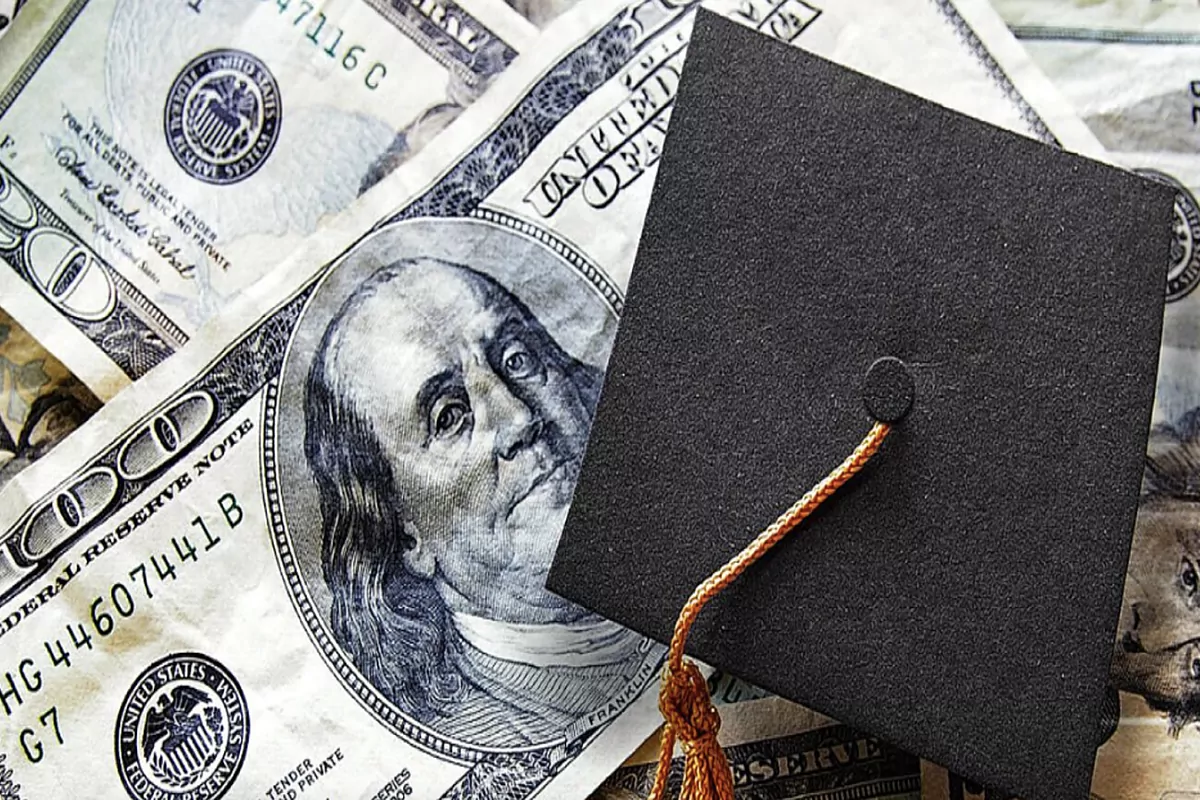
As students and families plan for the upcoming Fall 2025 academic year, one key consideration is how much it will cost to borrow for higher education. With the rise in tuition and living expenses, understanding student loan interest rates is critical.
This year brings both good news and important cautions for borrowers considering either federal or private student loans.
The federal government recently announced slightly lower interest rates for student loans, breaking a five-year trend of rising costs.
For undergraduate students taking out Direct Loans, the interest rate for the 2025-26 academic year is 6.39%. Graduate students will see a rate of 7.94%, while parents or graduate students taking out Direct PLUS Loans face a rate of 8.94%. These rates are fixed, meaning they won’t change for the life of the loan.
While these reductions may seem minor, they represent a welcome shift for many students who rely on federal loans to cover education costs. Federal loans also offer protections such as deferment, forbearance options, income-driven repayment plans, and potential loan forgiveness-features that aren’t typically available with private loans.
Comparing federal and private loan options
For some students, especially those with strong credit or a qualified co-signer, private loans may seem appealing due to potentially lower starting rates.
In early 2025, average fixed rates for 10-year private student loans stood at about 7.54% for borrowers with excellent credit. Variable rate loans, however, averaged 9.81%-a higher starting point, with the possibility of increasing even further over time.
The decision to go with a federal or private loan often hinges on more than just interest rates. Federal loans are generally more forgiving if financial circumstances change post-graduation. Private loans, on the other hand, may not offer income-based repayment options or loan forgiveness, which can make them riskier for some borrowers.
It’s also worth noting that private lenders conduct credit checks, and the best rates are reserved for those with strong credit histories. In contrast, federal loans are accessible to most students regardless of their credit score or income.
When considering a “good” student loan rate, context matters. For private loans, anything below 8% in today’s market could be seen as competitive, though it depends on the borrower’s long-term financial stability and ability to manage repayments.
Financial aid strategies for Fall 2025
To navigate these changes effectively, students should consider several strategies:
- Maximize Gift Aid: Before turning to loans, explore all available grants and scholarships. These forms of financial aid do not require repayment and can significantly reduce the need for loans.
- Contact Financial Aid Offices Early: Reach out to your institution’s financial aid office to discuss your options. They can provide information on emergency loans, payment plans, and other resources that may be available to you.
- Compare Private Loan Options: If federal aid and institutional resources are insufficient, consider private student loans. While they may offer higher borrowing limits, it’s essential to compare interest rates and repayment terms to find the best option for your situation .
- Understand Repayment Terms: Be aware of the terms and conditions of any loans you take out. This includes understanding interest rates, repayment schedules, and any potential changes in loan policies that may affect your financial obligations.
发表回复